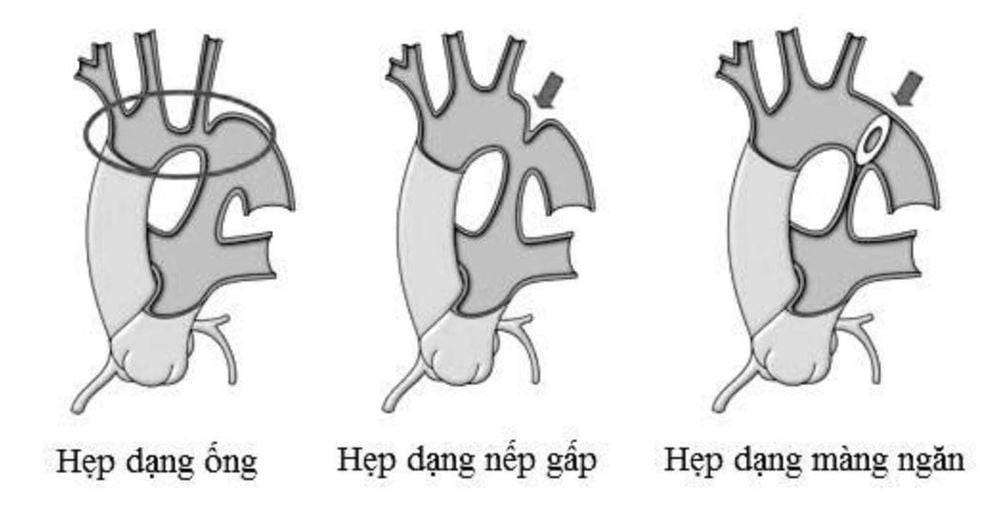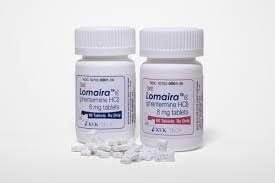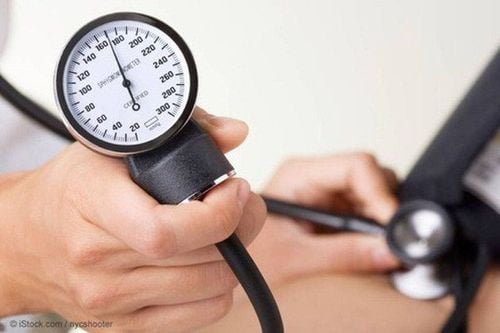This is an automatically translated article.
The article was professionally consulted by Doctor General Internal Medicine - Department of Examination & Internal Medicine - Vinmec Hai Phong International General Hospital and Master, Doctor Bui Tien Dat - Doctor Doctor of Emergency Resuscitation - Cardiology - Emergency Resuscitation Department - Vinmec Hai Phong International General Hospital.
Coarctation of the aorta causes hypertension and is the cause of congenital heart disease, accounting for 5-8%. If not diagnosed and treated early, patients face dangerous and unpredictable complications.
Patients will have clinical manifestations depending on the degree of narrowing at the isthmus of the aorta. The diagnosis can range from very severe postpartum symptoms to almost no symptoms in adolescents and adults. The state of blood pressure increases mainly in the upper body, the lower part may lose pulse, weak pulse, low blood pressure.
The mechanism of hypertension in patients can be very complex, not simply related to mechanics. Coarctation of the aorta can be detected by laboratory methods such as echocardiography, nuclear magnetic resonance imaging, or contrast-enhanced aorta to verify the correct diagnosis.
1. What is coarctation of the aorta?
Coarctation of the aorta is a narrowing of the aorta across the isthmus, mainly seen in cases of aortic stenosis, described in relation to the location of the ductus arteriosus. The disease can occur in most age groups, accounting for 5-8% of congenital heart diseases.
There are many forms of coarctation of the aorta such as: fold-shaped coarctation of the aorta, also known as lumbar lesion, tubular coarctation of the aorta due to partial aortic hypoplasia, coarctation of the aorta diaphragm form.

2. Mechanism of hypertension in coarctation of the aorta
Hypertension is a common disease in patients with coarctation of the aorta. To explain the mechanism causing hypertension in people with coarctation of the aorta is not simply mechanical obstruction. There are three reasons to explain the rise in blood pressure in coarctation of the aorta:
Mechanical factors – obstruction increases vascular resistance; Neurological-obstructive factors alter carotid pressure induction; Renal factor – renal anemia. Paroxysmal hypertension usually occurs within 1 week of surgery for coarctation of the aorta, also known as rebound hypertension, which is thought to be secondary to sympathetic hyperactivity and constriction. distal reactivity as well as increased renin activity.
3. Clinical features of hypertension due to coarctation of the aorta
3.1 In infants and young children Coarctation of the aorta will manifest early in infants and young children often in cases of pre-ductal coarctation of the aorta, which presents a severe clinical picture. In children with ductus arteriosus, when the ductus arteriosus is turned off, the perfusion of the lower body will no longer be present, leading to vascular collapse.

Therefore, infants and young children should be carefully examined after menstruation, taking pulse, measuring blood pressure in extremities for early detection. When the inguinal pulse is weak, the upper and lower extremity blood pressure is different, signaling factors suggestive of coarctation of the aorta in the neonate.
Left ventricular outflow tract obstruction is an important differential diagnosis with shock in the neonatal period, which includes coarctation of the aorta. Infants under 6 months of age with coarctation of the aorta and heart failure are misdiagnosed with septic shock or pulmonary disease in about half of the cases.
3.2 In older children and adults In this subject is a manifestation of coarctation of the aorta with upper extremity hypertension, a murmur is heard in the second intercostal space next to the left breast or in the back due to bleeding. blood through the narrowing. Patients should have blood pressure measured in both arms and legs for comparison.
Older children and adults often present with typical symptoms of coarctation of the aorta, yet only 4% of children over 1 year of age are properly diagnosed with coarctation prior to immediate referral to a cardiologist. Even in the presence of inguinal vessel abnormalities, upper extremity hypertension is present in most cases.
4. Diagnosis of hypertension due to coarctation of the aorta
To diagnose hypertension due to coarctation of the aorta, the patient is prescribed echocardiography to determine the location, size, degree of stenosis and associated lesions. Diagnostic paraclinical methods such as CT or MRI are additionally indicated in complex lesions, identification of abnormal blood vessels, collateral circulation, and postoperative aneurysm or re-stenosis monitoring. In addition, cardiac catheterization is also an effective diagnostic measure, measuring the differential pressure accurately, through which endovascular intervention can be performed.

5. Management of hypertension due to coarctation of the aorta
Depending on the patient's condition, the doctor will prescribe appropriate and timely treatment. In the case of patients with early and severe manifestations in infants, it is necessary to use prostaglandin E1 infusion to reopen the ductus arteriosus, and at the same time to actively resuscitate to stabilize the patient's health and perform emergency surgery to repair the re-stenosis. create traffic through the narrow space.
Cases of hypertension due to coarctation of the aorta presented late in older children and adults. To protect cardiovascular health in general and detect early signs of cardiovascular disease, customers can sign up for Cardiovascular Screening Package - Basic Cardiovascular Examination of Vinmec International General Hospital. The examination package helps to detect cardiovascular problems at the earliest through tests and modern imaging methods. The package is for all ages, genders and is especially essential for people with risk factors for cardiovascular disease.
Please dial HOTLINE for more information or register for an appointment HERE. Download MyVinmec app to make appointments faster and to manage your bookings easily.













